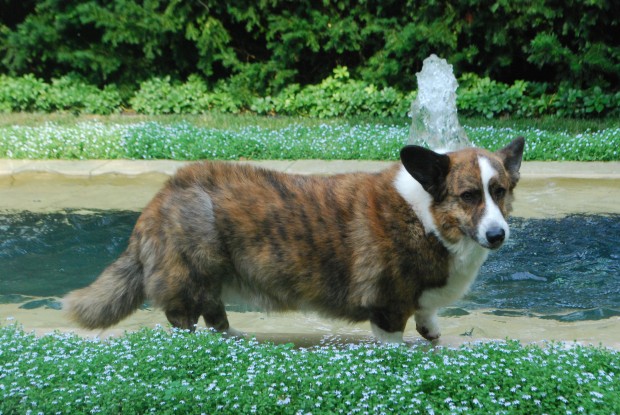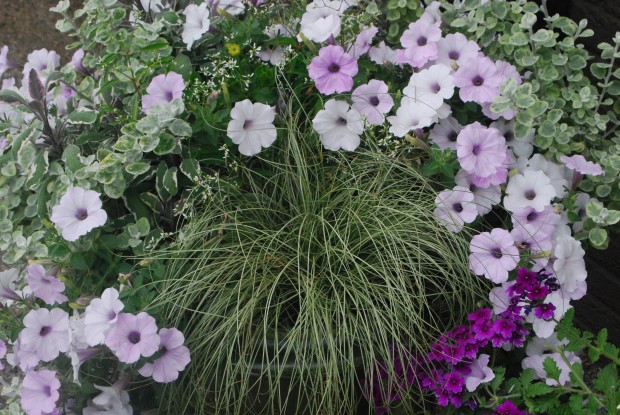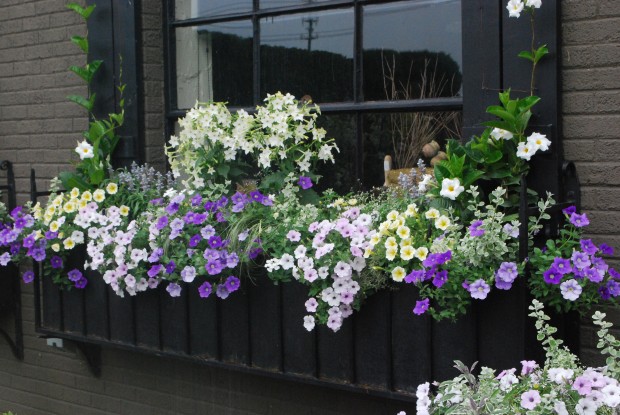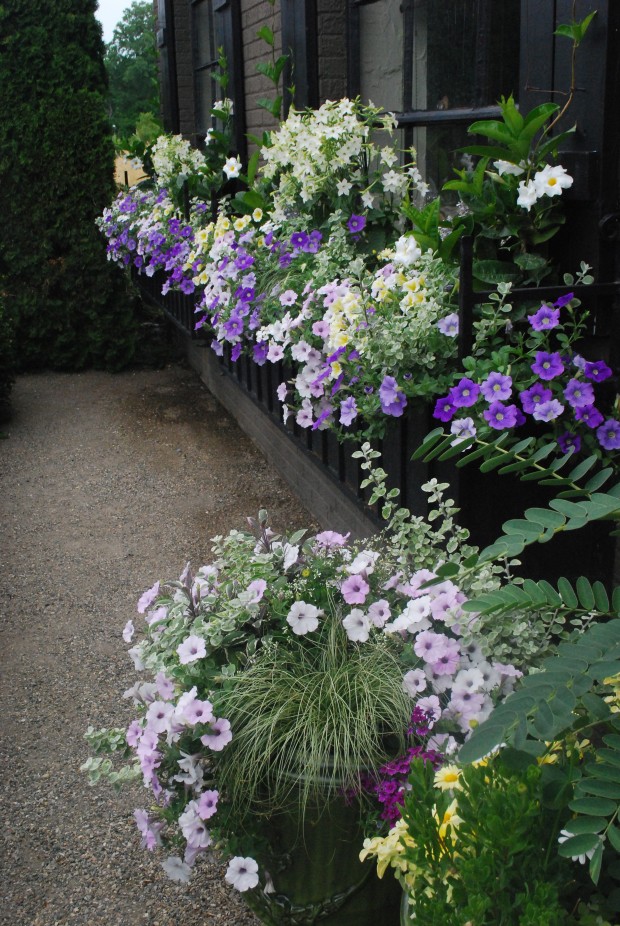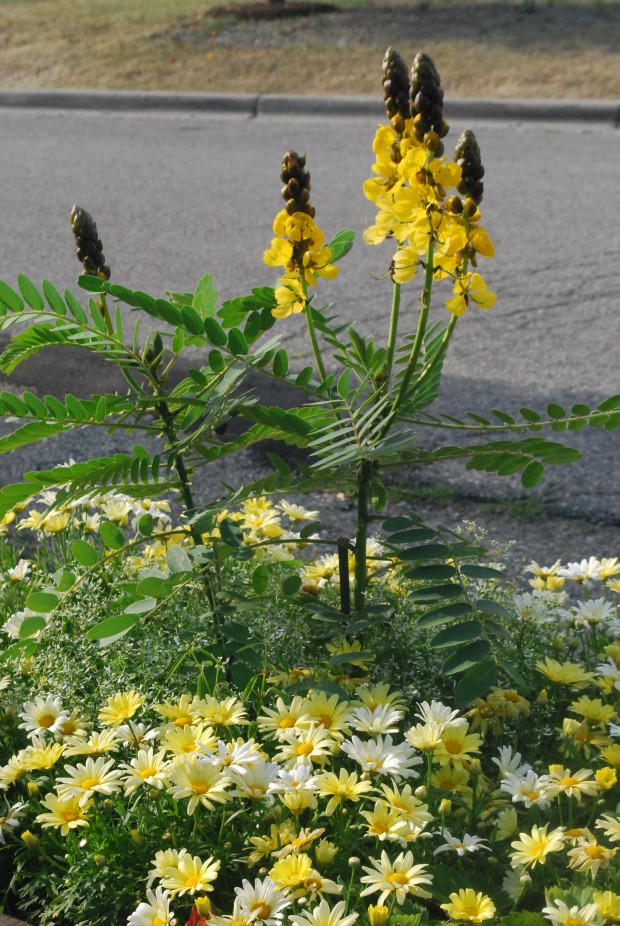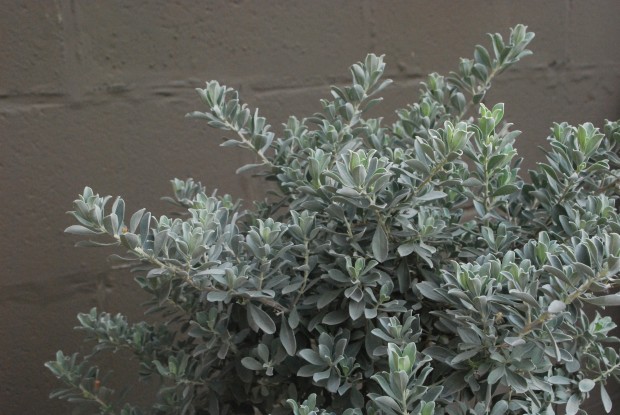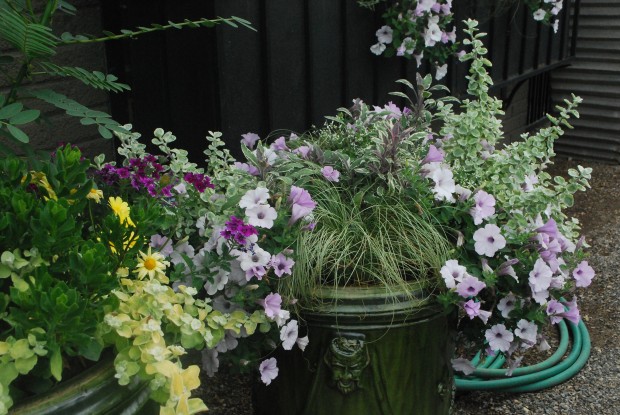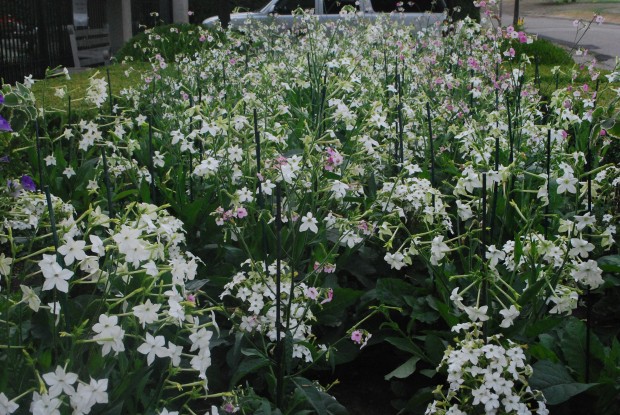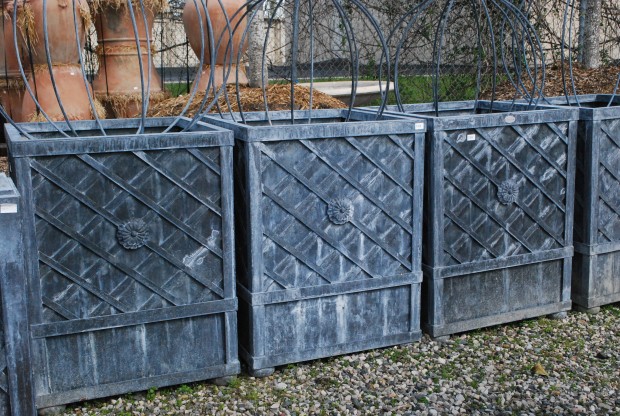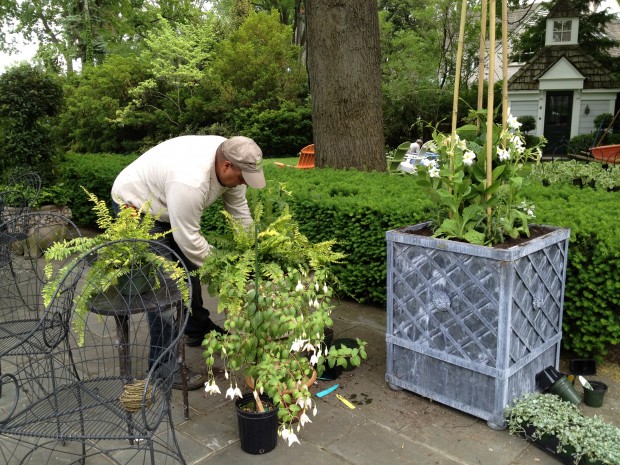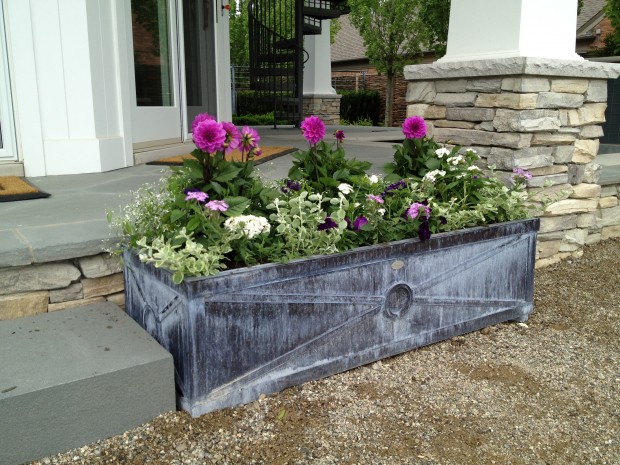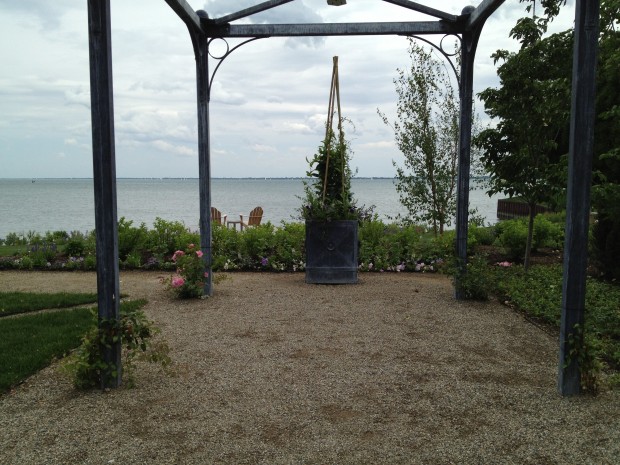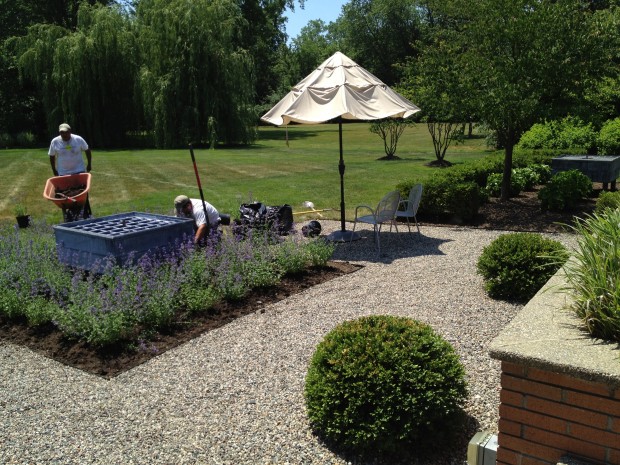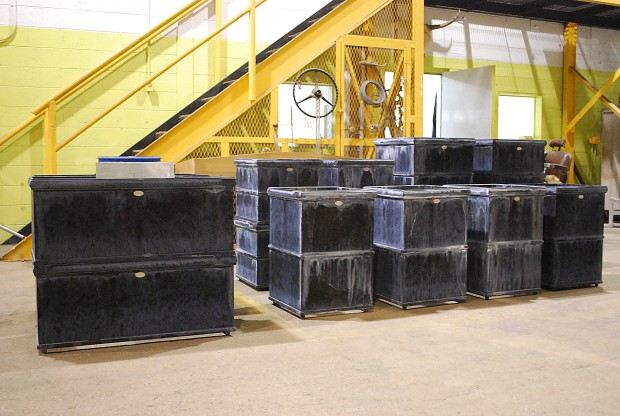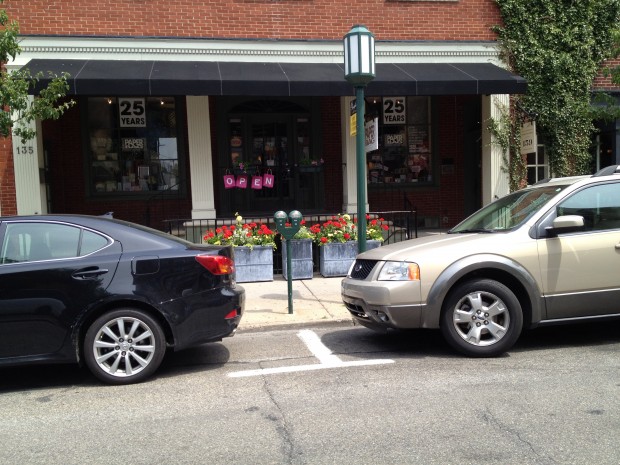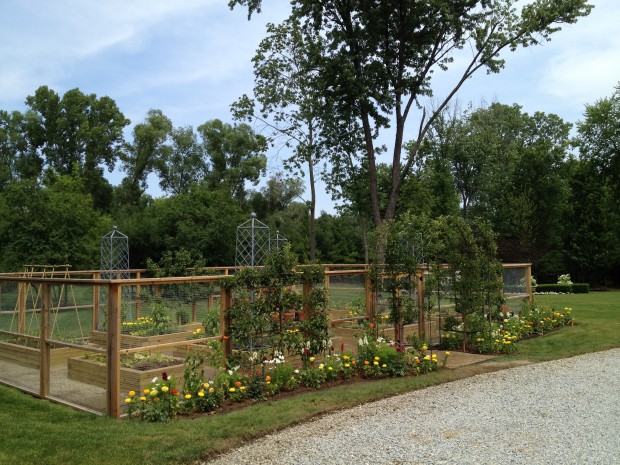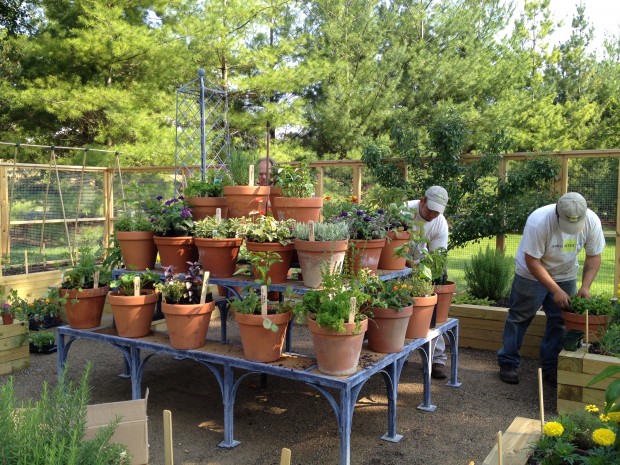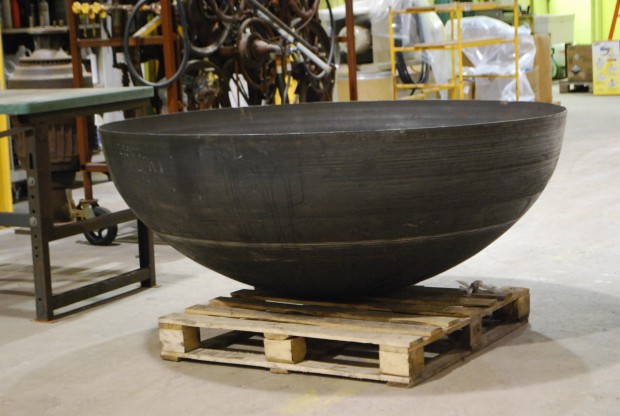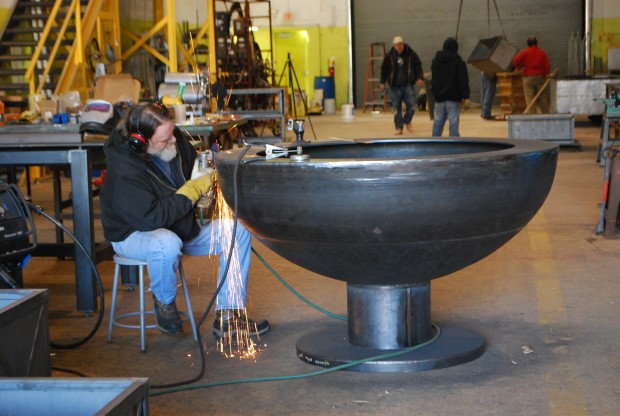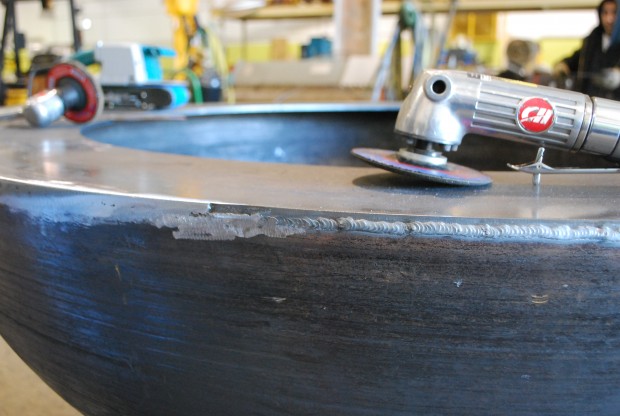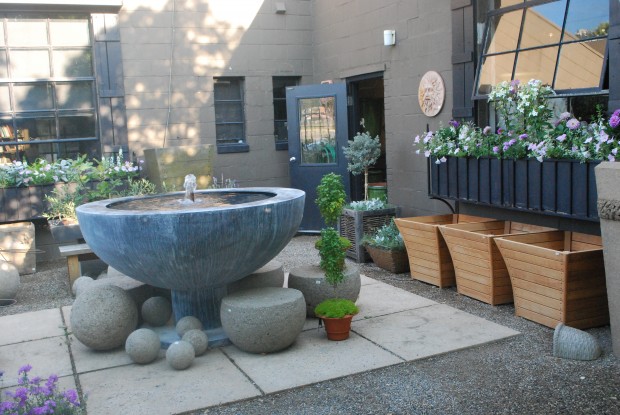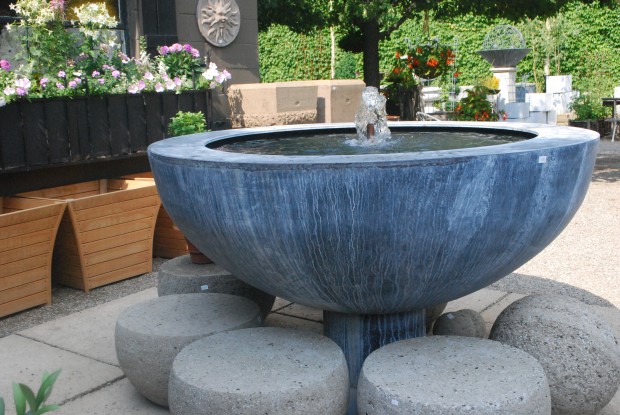I have been on the business end of a hose recently for what seems like a lifetime. A lifetime? Not really. The extremely hot weather Mother Nature has thrown my way simply means I have had to make an effort. Certainly an extra effort. Anyone who gardens knows that preparing soil for new roses requires great effort. Cooking compost requires great effort. Planting a hedge of yews, or a rose garden, takes effort. Any garden, on the best day of its year, that looks effortless, but is anything but. Making the effort is what makes a charming garden stellar. A thoughtful landscape remarkable. A simple gesture, fueled with great effort, can be extraordinary.
Anyone who gardens knows that the work of a garden is never done. That work can consume every ounce of effort you have available, and then some. Once you catch your breath, some other surely labor intensive project beckons. All that is required is your committment. Committment is a fancy word for effort-I will translate. Significant effort is what makes for a great garden. The best effort? The best garden. Effort that makes your hands and back hurt-I am sure you are familiar with it. Anyone driven to plant a perennial border of note, or a landscape that enchants, has already come to terms with, and signed up for, considerable effort. That activity driven by effort makes you sweat all over.
I would call landscape and garden design the anticipation of a great effort.
The impulse to devote great effort implies, and results in the the laying out of the beds, the edging, the planting of the beds, the watering, the maintenance. For established gardens in my zone, effort this minute is all about supplying adequate water. Every week, every day, there is something in my garden that asks for my effort.
Effort fuels the impulse to move things around. The energy to make changes. Once I commit my effort, I sort out and think through all of the options. No idea can stand on the strength of a thought. A great idea is no idea, unless there is a mechanism for expression.
All of my efforts, given this extraordinary heat, are directed towards keeping everything alive. I am watering the roses, the trees, the containers-suffice it to say that I am watering. On any given day, the best of my efforts may be directed in response to a specific challenge. On other and more quiet days, my effort might make for a design that might mean something.
My advice? Make the effort. You will be amazed, at the end of a gardening day, how good that effort feels.
